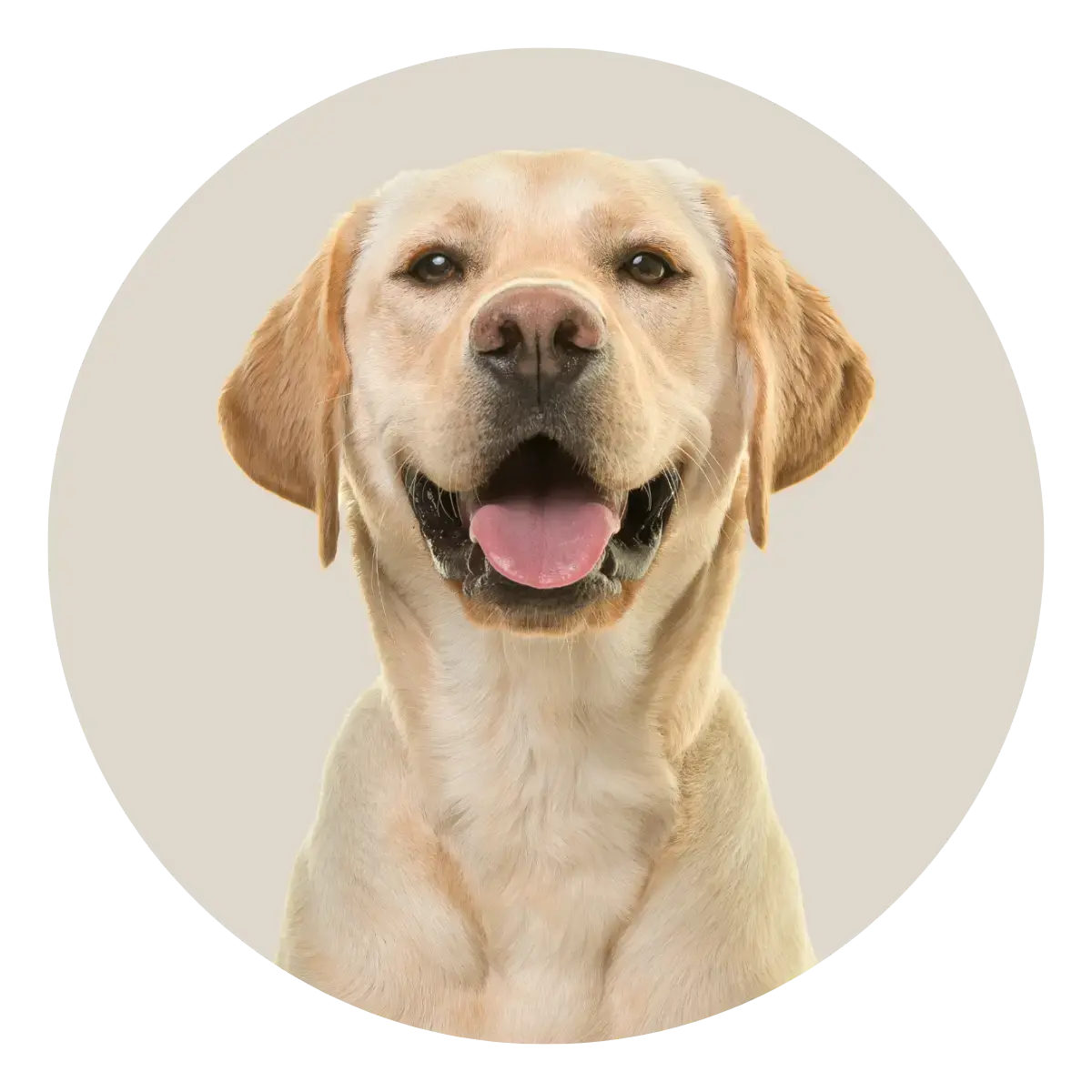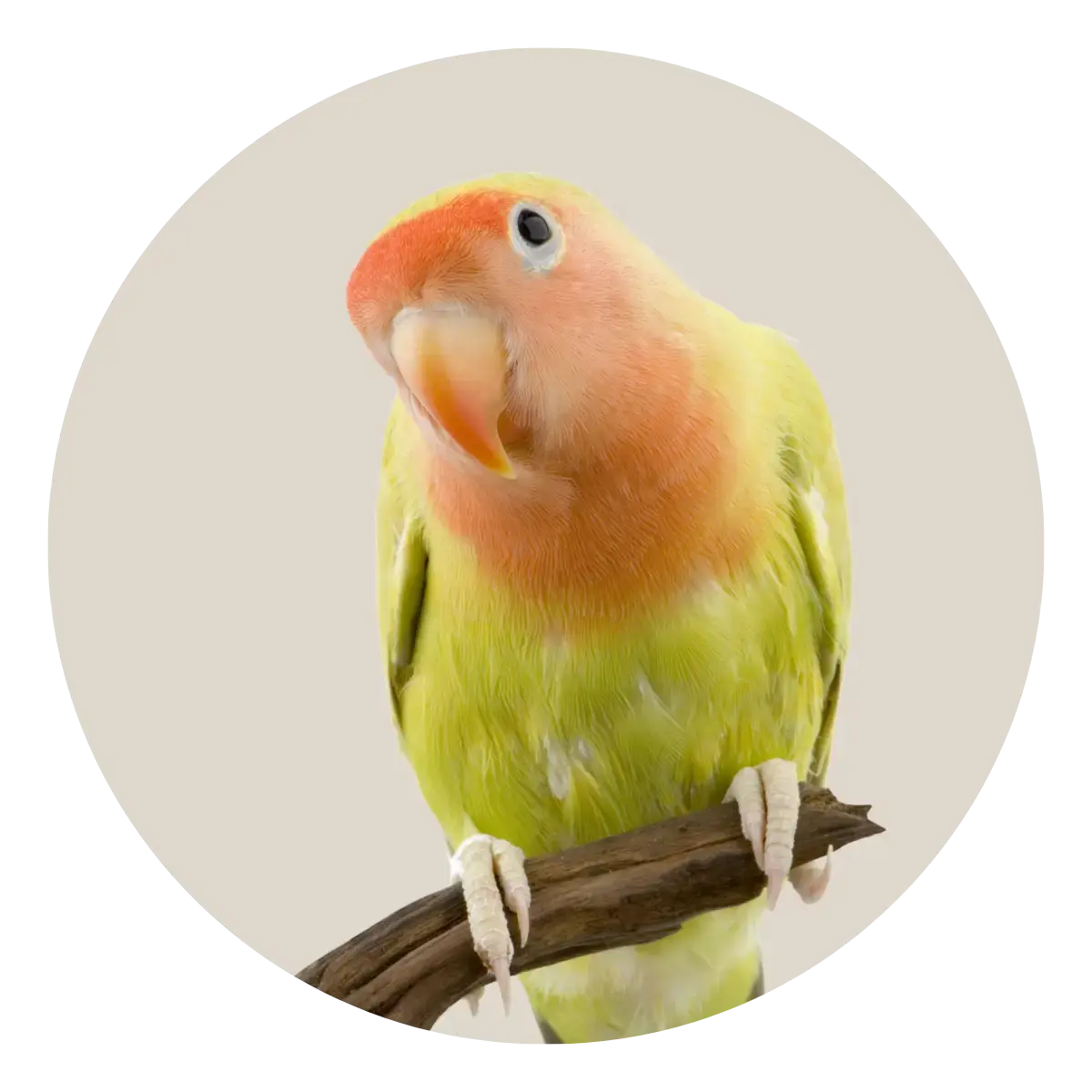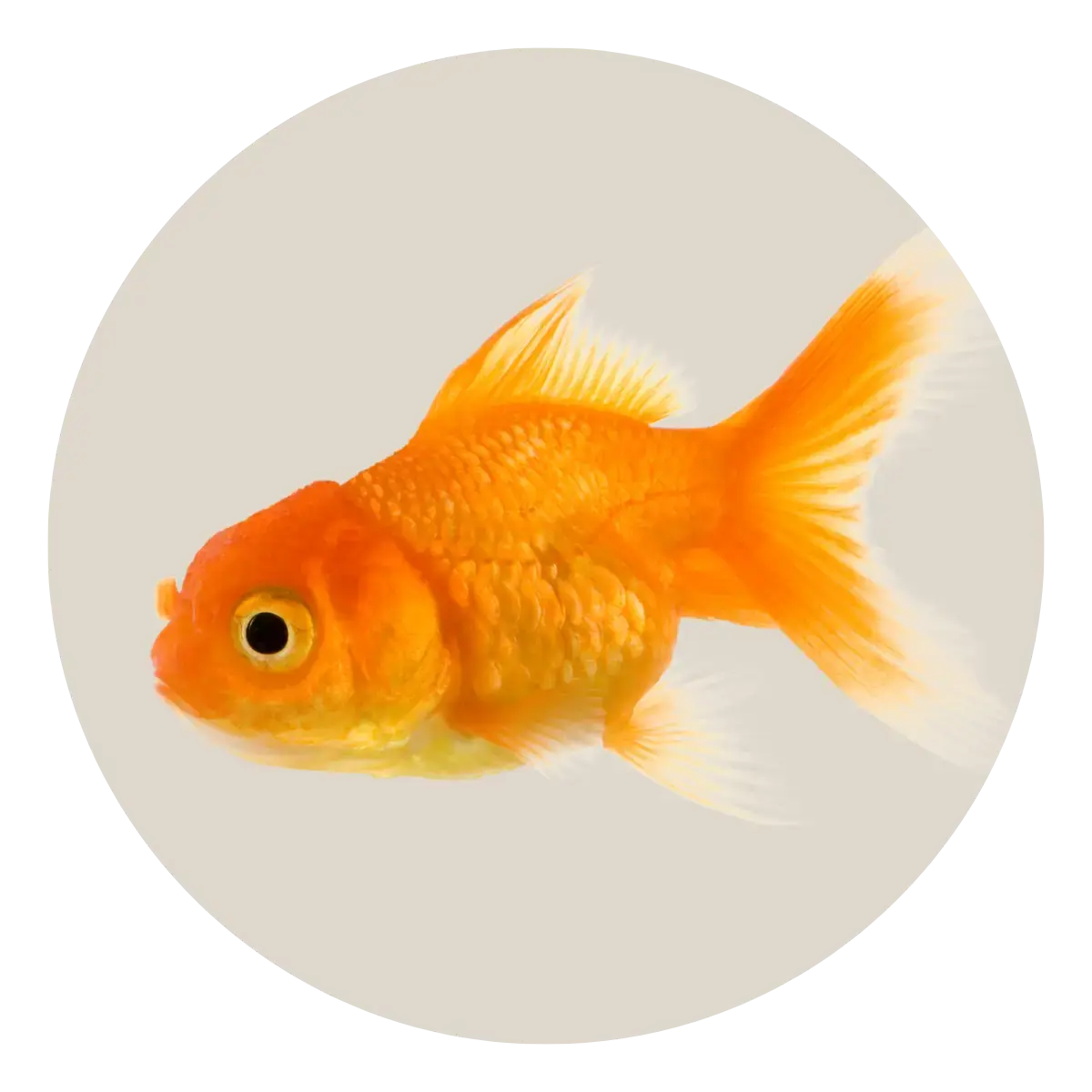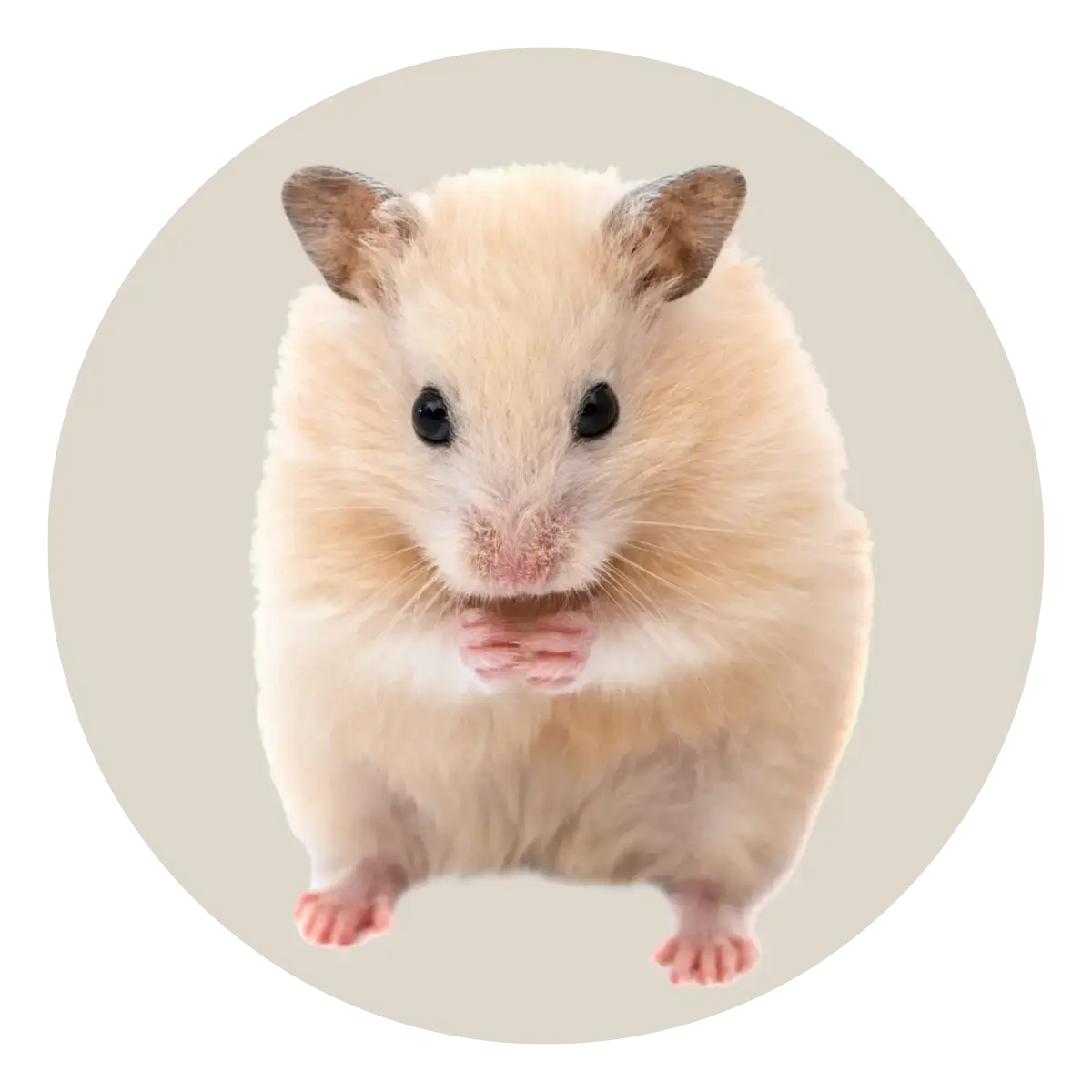When people hear "potty training," they often picture clumsy, wriggly puppies learning the ropes. But the truth is, house training isn’t just for puppies. Whether you're welcoming a new rescue into your home, working with a senior dog, or reinforcing habits with a pet who's always struggled, potty training can be successfully taught at any stage of life - with patience, consistency, and a bit of strategy.
Let’s break it down.
🐾 Why Some Dogs Need Potty Training Later in Life
There are many reasons why a dog - puppy or adult - might not be reliably house trained:
-
They've never lived in a home environment (common with rescues or ex-shelter dogs)
-
They were never fully trained as puppies
-
They've experienced a change in routine, home, or schedule
-
They’ve been rehomed and are adjusting to new expectations
-
Medical conditions (always worth ruling out with a vet!)
Regardless of age, your dog can learn. It might take a little longer with an older dog, but their ability to pick up new habits is very much intact.
🧠 The Core Principles of Potty Training
Whether you're training a brand-new puppy or a 5-year-old rescue, the foundations are the same:
1. Consistency Is Everything
Dogs thrive on routine. Feed them, walk them, and give potty opportunities at the same times every day. This helps regulate their digestion and gives them the structure they need to succeed.
Tip: Take them out:
-
First thing in the morning
-
After eating or drinking
-
After naps or playtime
-
Before bed
-
Any time they start sniffing, circling, or pacing
2. Supervise or Confine
Until your dog is reliable, they shouldn’t have unsupervised access to the whole house. Use baby gates, crates, or pens to keep them within view. If you can’t watch them, it’s better to confine them than risk a sneaky accident.
3. Reward the Right Behaviour
Immediately praise and reward your dog when they eliminate in the right place. Use a cheerful voice and treats - make it clear they've done something great. The faster and more enthusiastically you reward them, the more they'll want to repeat that behaviour.
Pro Tip: Choose a consistent phrase like “go potty” or “do your business” to build a verbal association.
4. Interrupt, Don’t Punish
If you catch them mid-accident, interrupt with a calm “uh-oh!” and guide them outside (or to the correct spot). Never punish or rub their nose in it - it creates fear, not understanding. Clean the area thoroughly with an enzyme cleaner to remove scent markers and reduce the chance of repeat accidents.
5. Use a Designated Potty Spot
Take your dog to the same outdoor area or designated indoor potty zone each time. Familiar smells help trigger the urge to go. Over time, they’ll associate that area with bathroom time.
6. Watch for Signals
Some dogs are subtle. Watch for signs like sniffing, circling, whining, or wandering to the door. The better you learn your dog’s signals, the fewer accidents you'll deal with.
7. Crate Training Can Help
Dogs instinctively avoid soiling their sleeping area. Crate training not only helps with house training but also provides a safe, secure space for your dog. Just make sure the crate is the right size - not too big, or they might pick a corner to "go."
🐕 Training by Age Group
🐶 Puppies (8–16 weeks)
Young pups need very frequent potty breaks - sometimes as often as every 30-60 minutes when active. A good rule of thumb: your pup can generally hold their bladder for 1 hour per month of age, plus one. So a 3-month-old puppy can usually wait 3-4 hours max.
Nighttime might still involve a mid-night potty break until they mature a bit.
🧍Adult Dogs (1 year and up)
They may learn faster than puppies but often come with set habits - some helpful, some not. Stick to the basics: routine, supervision, rewards. Adult dogs often need to unlearn old habits before they can form new ones, so consistency is key.
🧓 Senior Dogs
Older dogs might need more frequent potty breaks due to reduced bladder control or health issues. Keep a close eye on their behaviour, and rule out any medical concerns first. A predictable routine and indoor potty options can help manage their comfort and dignity.
🏠 What About Indoor Potty Training?
If outdoor access is limited - due to apartment living, mobility issues, or poor weather - indoor potty training is a valid option. Grass patches, pee pads, and litter-box-style trays can be introduced the same way you’d train an outdoor routine. Just treat it like any other potty area: take them to it regularly, reward them for using it, and keep it clean.
🧼 Cleaning Accidents the Right Way
No matter how careful you are, accidents will happen. And cleaning them properly is just as important as the training itself.
Enzyme cleaners break down organic waste and eliminate odours that signal “this is a bathroom spot” to your dog. Traditional cleaners might make your home smell nice to you, but your dog can still smell the mess - so always go enzyme-based.
🧡 Encouragement for Pet Parents
Potty training can be frustrating, especially when it feels like progress is slow. But trust the process. Dogs of all ages are capable of learning, and every success - no matter how small - is a step in the right direction.
Remember: this is a team effort. You're not just training your dog - you're building a bond of trust, communication, and understanding that will last for years.
✅ Recap: Essentials for Success
While this guide avoids product promotion, here’s what helps:
-
Crates or confinement pens to prevent unsupervised accidents
-
Potty pads or indoor grass patches for backup or indoor use
-
Enzyme cleaners to erase odours and discourage repeat accidents
-
Treats and praise to reward success
-
A consistent routine and lots of patience
Want more help?
If you’re dealing with a tricky training situation or need help choosing the right gear for your dog’s needs, we’re here for you. Reach out to our team for advice and support.
👉 Contact Us








